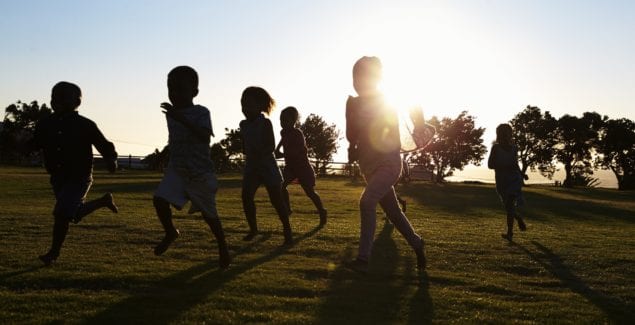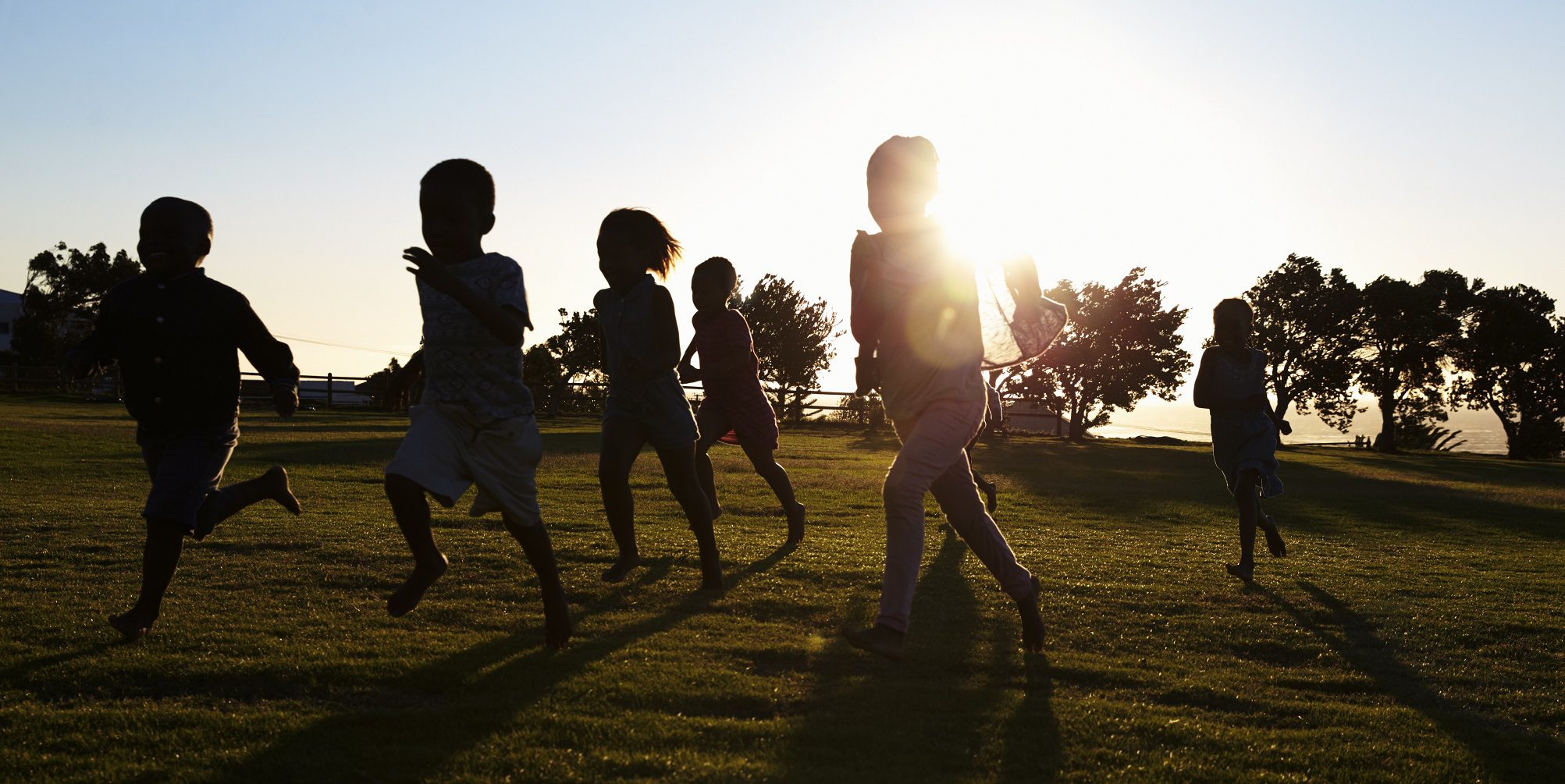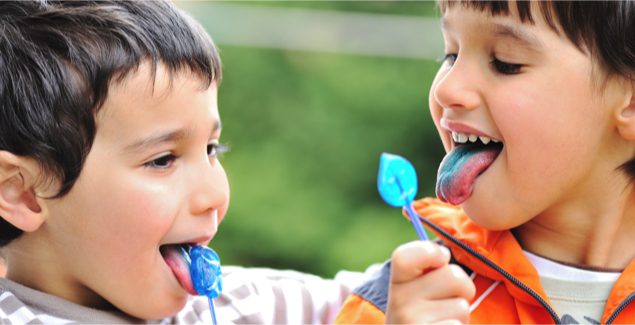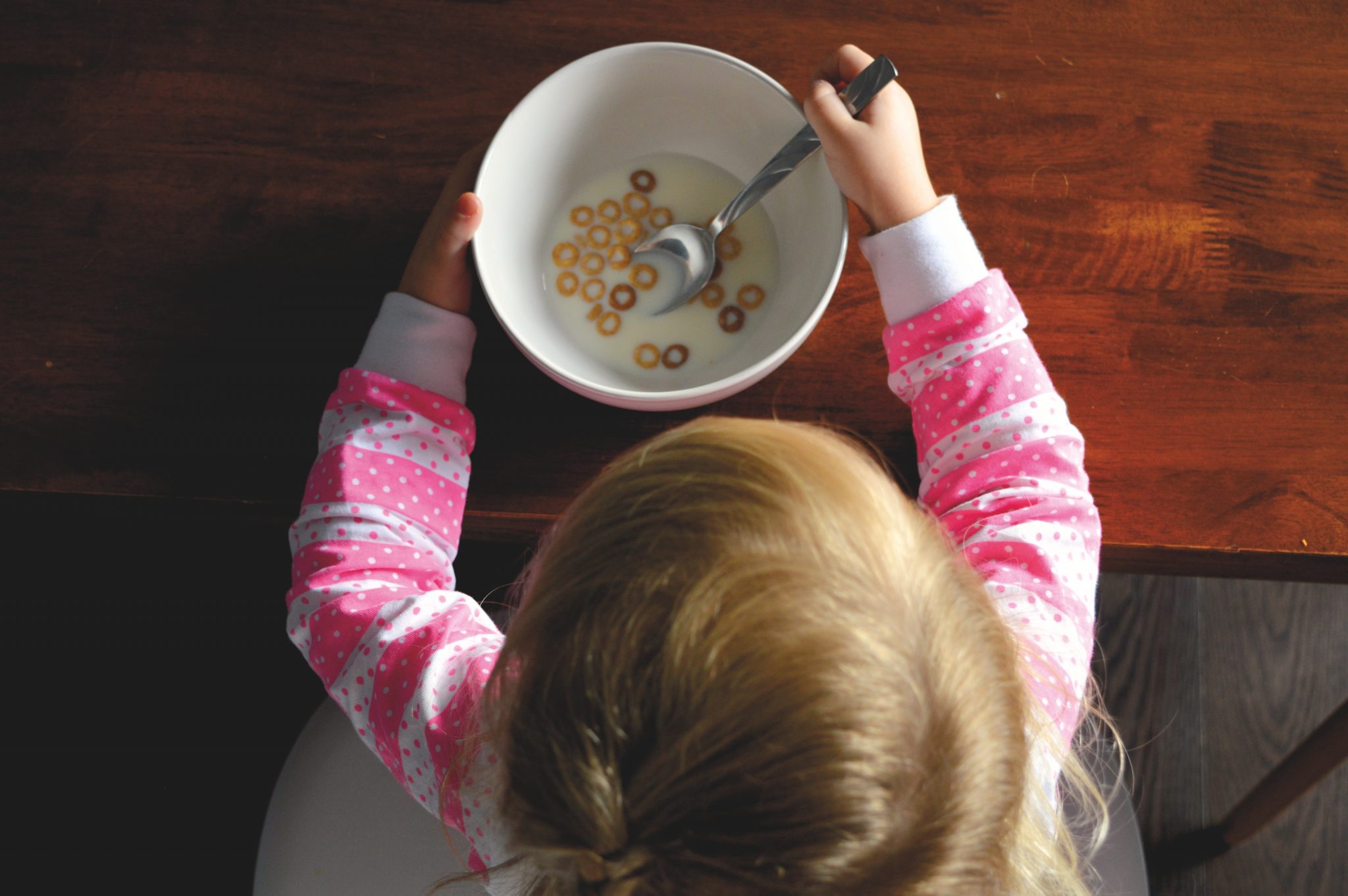Healthy Body, Healthy Mind

Posted in: Grade School, Parenting Concerns, Teenagers
Topics: Healthy Living
“When you feel good, you have a much better chance to make good decisions.” – Ming Sun
The divide between mind and body has been debated for centuries. As we learn more about how our physical health influences our mental well-being, this divide becomes harder to find. This leaves parents with two important questions that continue to be researched to this day:
- How are physical and mental health connected?
- How can I help the kids in my life balance their physical and mental health?
Anyone who regularly interacts with kids knows that kids are stressed. It may also be unsurprising that childhood stress is bad for the mind and body. But, before I cause you any more stress, let’s take a deep breath. There are plenty of things you can do to help kids de-stress and lead a healthy life by eating well, exercising, and practicing self-care strategies to manage stress.
Let’s take a look at each of these.
Diet and Exercise
“Diet and exercise.” We hear these two words together so frequently that they almost sound like one. If this type of repetition sounds like
a broken record to adults, imagine what kids think about the endless reminders in their daily lives to stay active and eat right. But what if I told you that, even when they roll their eyes, your kids are listening and storing the information you give them, even if they don’t know it (or want to admit it)?
Talk About It!

Tune in to our podcast episode, “Stay in Shape: Kids’ Bodies Feed Their Minds” to hear Dr. Schlozman’s conversation with Ming Sun about Takis!
According to Ming Sun, who runs the Stay in Shape program with kids in 5th-12th grade, “Children learn through repetition,” and based on my work with kids at the MGH Revere Youth Zone, I have to agree! After seeing Ming engage with kids in conversations on nutrition, cooking lessons, and exercise activities, I’ve noticed a change in the kids at the program. (You can also listen to a great conversation with Ming on our podcast.) They’re more open to talking about nutrition facts on the back of their favorite snack – usually Takis chips – and they tend to be less reviled when I offer vegetables during cooking class.
Don’t Ban Favorite Foods
Even with open conversations about nutrition, kids will be kids. They’ll eat what they enjoy, and the snack options at local convenience stores are lacking nutritional value, to put it lightly. So, how do you get kids to eat less junk and more healthful foods? To start, don’t tell them they can’t enjoy their favorite, tasty snack, or stop eating it outright. Rather, tell them, if they like it so much, they should use it as a treat – a sort of reward for eating healthy most of the time.
Model Healthful Eating
Getting kids on the right track with healthful eating may be an uphill battle, but what’s important is that adults keep at it. Ask questions about what your kid likes; have conversations about how eating well will make them feel good; and try to share healthy, balanced meals whenever you can. If your kids see you eating well, they will tend to eat healthier as well.
Move with Them
In a world full of screens, it’s not always easy to get kids off the couch and get their hearts pumping. Between the video games, streaming services, and social media at their fingertips, it’s no wonder kids may not want to get outside and run around. I have seen kids every day at the Youth Zone pass on the chance to play basketball, opting to play Fortnite or watch Netflix on their phones instead. Still, one great way to encourage kids to move is to do it with them. Take a walk on a weekend morning, have a game of catch, or race them to the car (even if you know they will win). Just like with eating, modeling an active lifestyle for your kids will encourage them be active as well!
If Possible, Let Kids Play Outside

But what about when you aren’t around? Popular media and lessons on stranger danger have made many parents wary about telling kids to go out to play and “come back when the streetlights come on,” says our co-director, Dr. Steve Schlozman, in his conversation with Ming Sun. Who can blame some kids for not wanting to play outside? With no other kids out on my street, I wouldn’t want to go play by myself, either.
There are all sorts of social determinants of health – life conditions that families have little control over – that can affect choices about exercise and eating. We all want our kids to be safe. So, here are some useful facts to keep in mind when thinking about outdoor play. While it still exists, violent crime has dropped sharply since the 1990s – a time when some of today’s parents may remember playing out around the neighborhood themselves. But public perception of crime doesn’t always line up with the numbers. More exposure to sensational reporting of violent crimes on TV and social media makes it seem like the world is riddled with danger, and that it may be best to just stay inside even though this is not the case in many places.
That’s all to say, know your neighborhood and base your decisions how safe you understand it to be. If you don’t feel like it’s safe, you can contact your local representatives to call for action and learn what you can do to help improve your community. Getting lights installed at a local park, engaging in city cleanup, and maintaining conversations with local leadership about your neighborhood’s needs are all concrete ways you can make your community safer and reduce your own stress when your kids are playing outside. It’s a win-win for your family’s physical and mental health.
Set an Exercise Goal
So, how much exercise do we really need? 60 minutes of exercise per day is recommended for kids, and 25 minutes for adults (170 per week). This may seem like a daunting task to fit into an already busy life. I find it helpful to take a step back and look at what will work best for my life whenever I’m faced with discouraging data. Of course, there are ways to help our school-aged kids meet the recommended exercise goal. Joining sports teams or rec leagues are fun ways for students to get active and feel more involved with their peers. Many communities also offer youth fitness programs (like Ming’s Stay in Shape), so it’s always a good idea to check out what’s offered in your area. At the Youth Zone, a free after-school program, we offer sports, yoga, and healthy cooking lessons, all provided in a safe space for students to hang out with their friends when they finish a hectic day of classes. Finding an after-school program for your child is a great way to get them out of the house, moving around, and building relationships with other kids in their community.
Self-Care
The term “self-care” has become more common in the mental health conversation over the last decade, but it’s just a new term for an age-old idea. Self-care is exactly what it sounds like: taking care of yourself.
This could mean a lot of different things. Self-care is entirely personal and will depend on who you are and how you spend your time. It could be taking a walk, having a nap, meditating, playing video games, painting your nails, writing, exercising, playing music – the list goes on!
Hobbies are perhaps the most common form of self-care. They provide a way to decompress in your own space and escape from the stresses of work, school, or family challenges. Now, I know that time is a precious resource for adults and children alike, but the beautiful thing about self-care activities is that they are as flexible as you are. You can practice self-care wherever and whenever it works for you. Whether you have an hour in the evening or 5 minutes before the kids get home, use some of that time to take a pause and have a moment to yourself.
Make It Okay to Practice Self-Care
This is another practice that your kids will learn from watching you. If they see you caring for yourself, they’ll better understand that it’s not only acceptable but crucial to use some of your time, however little you have, to check in with yourself. You can further encourage these practices by starting conversations with your child about things they can do for self-care. You might even be able to suggest something they haven’t thought of before. Who better to care for us than us? When we feel cared for, we feel less stressed. When we feel less stressed, we are happier. And when we are happier, we are healthier!
“It’s not just one thing you do right. It’s the whole package you carry with you for the rest of your life.” – Ming Sun


 Share
Share Tweet
Tweet





